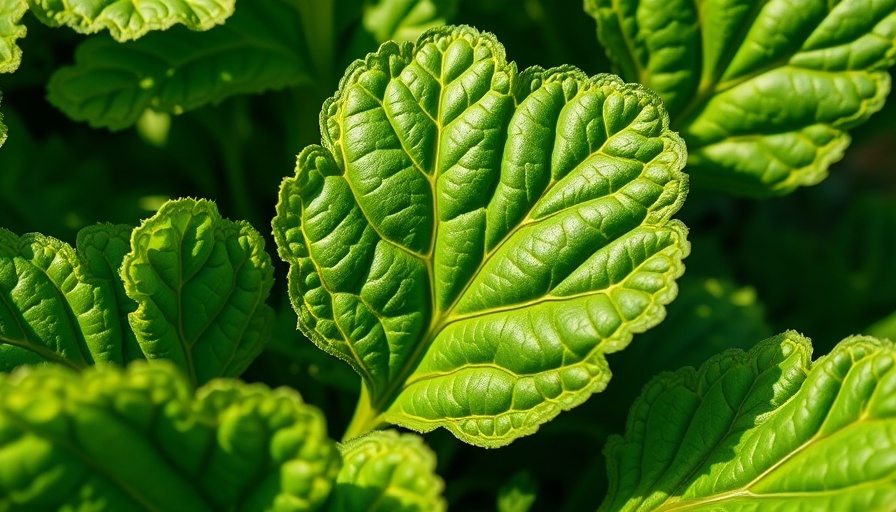
Unlocking the Secrets to Growing Horseradish at Home
Have you ever wondered if you could cultivate your own horseradish? This pungent root, often used to spice up dishes, is surprisingly simple to grow in your home garden. Whether you're a seasoned gardener or just starting, growing horseradish can be a rewarding endeavor that enhances your culinary experience. Let’s delve into the essentials of horseradish cultivation, offering you valuable insights and practical tips to embark on this gardening adventure.
What Makes Horseradish So Special?
Horseradish (Armoracia rusticana) is not just a culinary delight; it’s also packed with health benefits. Rich in vitamins and minerals, horseradish has been known to have various antimicrobial properties and may aid digestion. Adding it to your dishes can elevate flavor while contributing to your health. Given its remarkable resilience, horseradish is a wonderful choice for home gardeners looking to grow beneficial and flavorful herbs.
Setting the Stage: Choosing the Right Location
To successfully grow horseradish, selecting an ideal location is essential. Horseradish thrives in full sunlight and well-drained soil, making it important to avoid overly wet areas that may lead to rot. Ideally, choose a space in your garden that gets at least six hours of direct sunlight each day. The right spot can significantly boost your plant’s growth and flavor profile.
Preparing Your Soil for Success
Before planting, optimizing your soil condition will set a solid foundation for horseradish plants. Make sure to amend your soil with organic matter, such as compost or well-rotted manure, to enhance fertility and drainage. pH levels between 6.0 and 7.0 are preferred. Conduct a soil test to ensure your garden is primed for planting, giving your horseradish the best chance to flourish.
Steps to Planting Your Horseradish
When you're ready to plant, start by selecting healthy horseradish roots, known as "sets." Plant these sets in early spring, about 2 to 4 inches deep, with the pointed end facing upwards. Maintain a space of 12 to 24 inches between each plant to allow for robust growth. Following these planting steps is crucial, as this ensures your horseradish will have plenty of room to expand.
Watering and Maintenance Tips
Consistency is key when it comes to watering horseradish. The roots need adequate moisture, especially during dry spells. Water them deeply once or twice a week, allowing the soil to dry slightly between sessions to avoid oversaturation. Additionally, keep an eye out for weeds that may compete for nutrients. Regular mulching can help suppress these unwanted plants and retain moisture.
Harvesting: The Best Time to Gather Your Crop
Patience pays off! Horseradish roots are typically ready for harvest 8 to 10 months after planting. The best time to dig them up is in the fall, just after the first frost, which can enhance the flavor. Use a spade or fork to gently lift the roots from the soil, taking care not to break them.
Preserving the Power of Horseradish
After harvesting, how can you keep your horseradish fresh and flavorful? The most effective way is to store it in a cool, dry place. For longer preservation, consider grating and mixing it with vinegar before freezing. This maintains its unique flavor and allows you to enjoy the zest of horseradish long after the growing season has ended.
Final Thoughts
Growing horseradish can be an incredibly fulfilling addition to your home garden. Not only does it enhance your meals, but it also provides numerous health benefits. If you're ready to embark on this gardening journey, take these tips to heart and start planting. Happy gardening!
 Add Row
Add Row  Add
Add 




 Add Row
Add Row  Add
Add 

Write A Comment